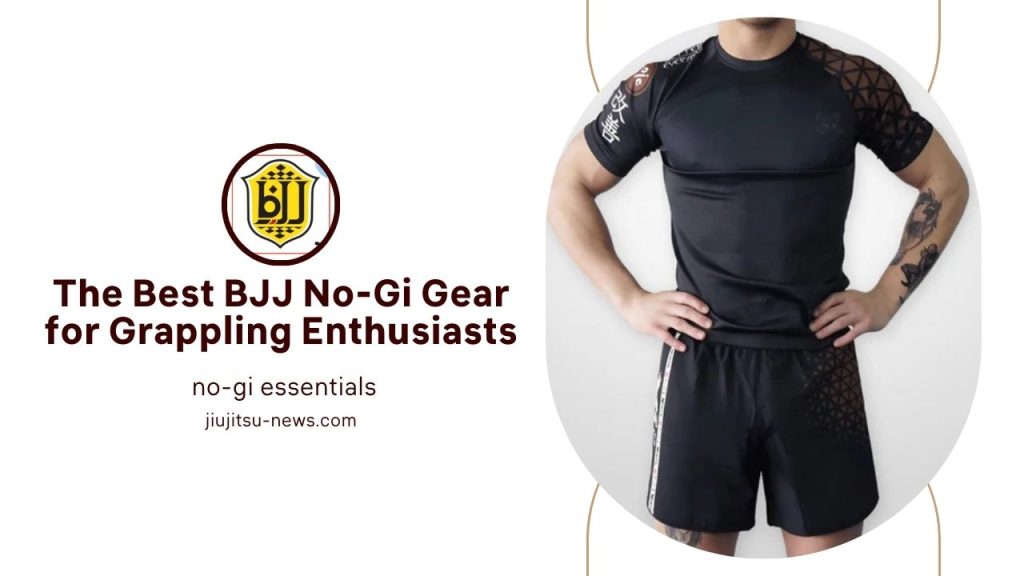The IBJJF has several rules and regulations that competitors should know to have a fantastic competing experience.
This article outlines some rules and regulations to be aware of if you want to compete in various IBJJF competitions. It will cover the disabled move and techniques, point-scoring rules, competing gear requirements, etc. Have fun!
IBJJF Illegal Moves
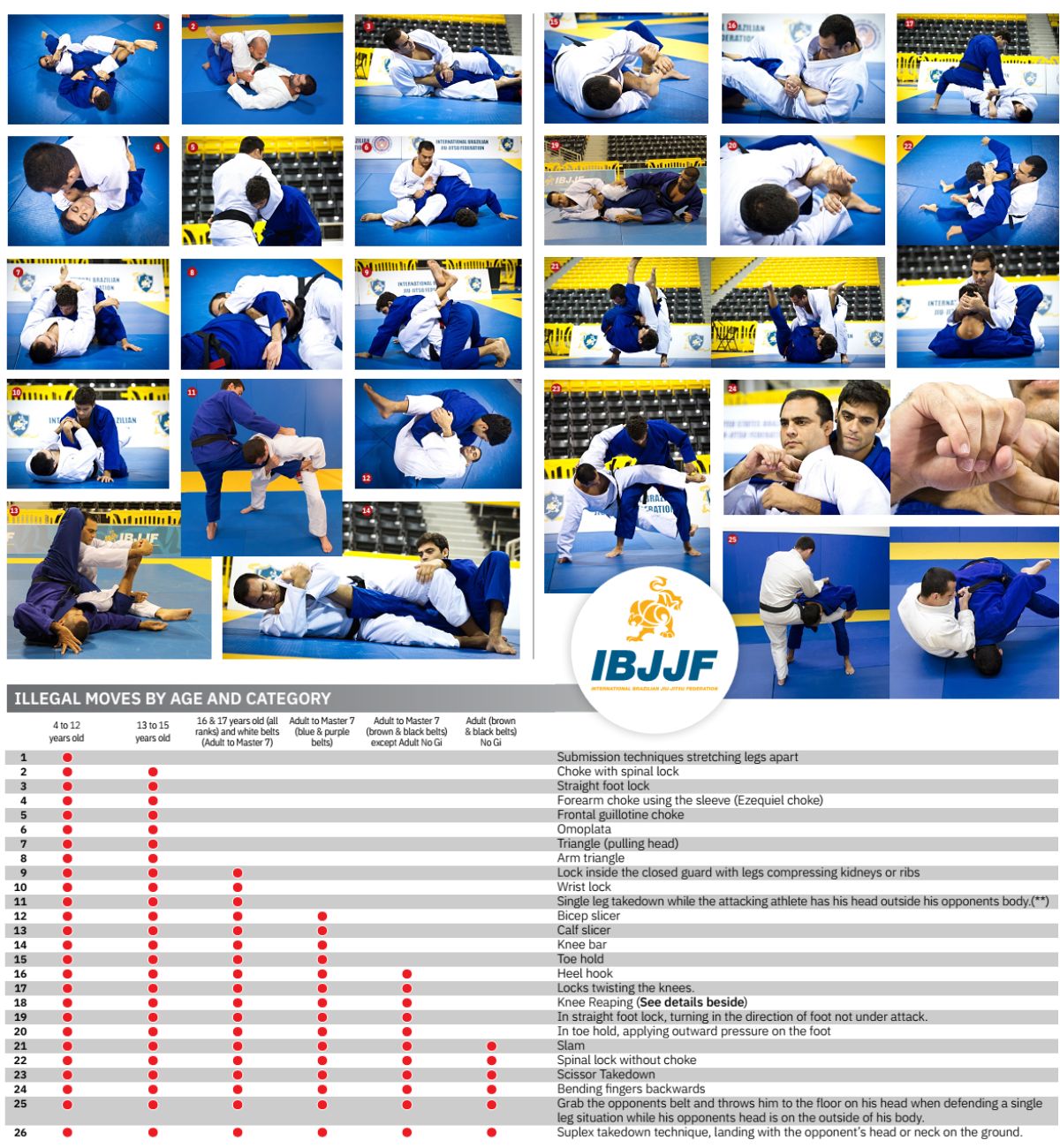
Source: ibjjf.com
Several movements and techniques are prohibited in IBJJF tournaments because they have the potential to harm or injure one of the competitors.
To avoid being punished or disqualified for performing an illegal move, please review the following IBJJF illicit movements.
Jumping Guard
Some Brazilian jiu-jitsu competitors perform a jumping closed guard at the start of the IBJJF tournament match to avoid a takedown.
However, this explosive movement can cause severe injury to the opposing competitor, particularly for BJJ beginners.
As a result, the IBJJF has banned the jumping guard from their tournaments.
Slamming
Some competitors may get a kick out of picking someone up and flinging them back down to earth like a meteor. Slamming is a smashing maneuver that is not authorized in the IBJJF competitions.
For example, a slam maneuver may occur if a top becomes locked on an armbar while standing. Many fighters smash their opponent to disrupt the submission attempt in this position.
To recap, smashing your opponent is uncool and can provoke severe injuries to the neck, head, back, etc. Thus, it is prohibited in the different jiu-jitsu contests.
Spinal Lock Without a Choke
Spinal locks are banned from all BJJ jiu-jitsu events, including IBJJF events.
A spinal lock is a multiple-joint lock applied to the spinal column. It is accomplished by pushing the spine beyond its natural mobility range, which might cause a severe injury.
Therefore, the spinal lock maneuver may disqualify you from the IBJJF tournament.
Heel Hooks
The heel hook is popular in grappling tournaments such as the ADCC World Championship. However, it banned technique in the IBJJF matches at beginner and intermediate levels (White to purple belts).
A heel hook is a type of leg lock that involves trapping the foot at a precise angle and twisting the knee joint. Thus, the heel hook may provoke severe heel injury for even professional BJJ athletes.
As a result, IBJJF competitors in Gi tournaments cannot utilize heel hook techniques. However, in No-Gi IBJJF tournaments, brown or black belt competitors can use heel hooks.
Striking Techniques
Striking is not permitted in any IBJJF Brazilian jiu-jitsu tournament. As a result, punching or kicking your opponent is deemed a foul and will disqualify you from the IBJJF bout.
Scissor Takedown (Kani Basami)
Scissors takedown, known as Kani Basami, is an ancient grappling technique. It is executed by assailing with the legs and is utilized in judo and Brazilian jiu-jitsu.
Thus, Scissors takedown can hurt opponents’ knees and cause severe knee injury. Therefore, this move is banned in judo and Brazilian jiu-jitsu tournaments, including the IBJJF events.
Finger Grabbing
Grabbing the opponent’s fingers during an IBJJF competition is banned. Usually, a competitor (mainly white belts) may hold his opponent’s finger while escaping a submission beginning white belts.
Gripping and twisting the opponent’s fingers are against IBJJF rules since it might result in a sprained or fractured finger.
Suplex Takedowns
The suplex is one of the unlawful techniques that can result in automatic disqualification in IBJJF Gi and No-Gi tournaments. A BJJ competitor cannot utilize any suplex that involves picking up your opponent and slamming them to the ground.
The suplex takedowns can provoke some severe injuries to the opponent’s back that may cause paralysis.
Thus, the IBJJF and other BJJ entities have banned the suplex takedowns from their competitions. As a result, if you don’t want to get disqualified, never use it in any of your BJJ contests.
Related: IBJJF Illegal and Legal Submission Techniques
IBJJF Mat Rules
Respect the following regulations after you go onto the mat in an IBJJF bout. In that situation, you will avoid penalties or being disqualified.
No Interacting with the Referee
There was a time when you could argue with a referee during a game, and they would change their mind and consider your point of view. However, this is no longer the case.
Even if you are correct, you will be penalized if you speak to the referee now in an IBJJF bout. So don’t begrudge the points. Instead, shake their hand at the start of the match and let your great jiu-jitsu speak for itself.
No More Than 20s to Tie Your Belt
When your belt comes off, you’ve got 20 seconds after the referee asks you to tie your belt. But you’ll get a penalty if you exceed 20 seconds while tying your belt.
Do Not Leave the Mat to Avoid a Submission
Another IBJJF tournament regulation is that you must not leave the mat to prevent a real-time submission. Yet, if you fall off the mat to escape a hold, your opponent gets 2 points.
Recommended: Grappling Industries Rules (A Closer Look)
IBJJF Points Rules
Winning an IBJJF bout by scoring more points than the opponent is one of the most effective strategies in competitions. Understanding the IBJJF points scoring rules is critical for success in Gi and No-Gi BJJ tournaments.
If you’re a competitor who prefers scoring points to win a match, look at the following positions awarded points in IBJJF.
| Dominant Position or Techniques | Awarded Points |
| Back mount / Back control | 4 |
| Full Mount | 4 |
| Guard Passing | 3 |
| Knee-on-Belly | 2 |
| Sweep | 2 |
| Takedown | 2 |
Otherwise, you should know the following rules to secure an IBJJF bout using points.
- You should hold your opponent for at least 3 seconds to secure points.
- Competitors can get penalties in various circumstances, such as:
- Putting four fingers inside the opponent’s gi sleeves or pants.
- Being passive in any jiu-jitsu position for more than 10 seconds.
- Delaying tactics and not engaging in the game, such as from a standing position.
- Competitors can get advantages in various circumstances, such as uncompleted guard passing, submission, or transition to a position where possible points are scored, like mount, back control, etc.
- No awarded points for the side control.
Related: IBJJF Points System (All You Need to Know!)
IBJJF Gi Rules
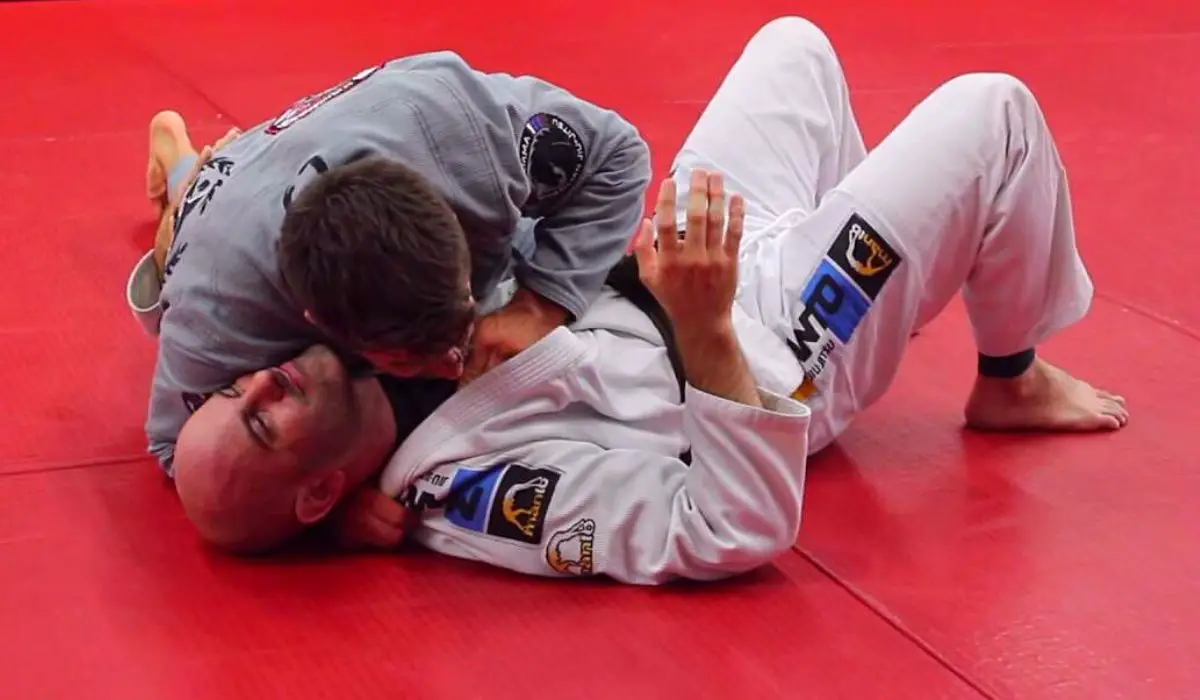
The IBJJF and other tournament bodies have specific requirements for competing for Gis. The following are some of the Gi criteria.
Gi Material Criteria
Gis should only be made of cotton fabric, which should not be so thick or hard that an opponent cannot grip it. A woven GI fabric is required for the juvenile, adult, master, and senior divisions, among other criteria.
Gi Colors and Patches Criteria
Gis must be uniformly colored. Therefore, white, royal blue and black GIs are permitted. However, wearing a gi jacket with a different color than its pants is prohibited.
Indeed, Gis with a collar with a different color than the top is also not allowed.
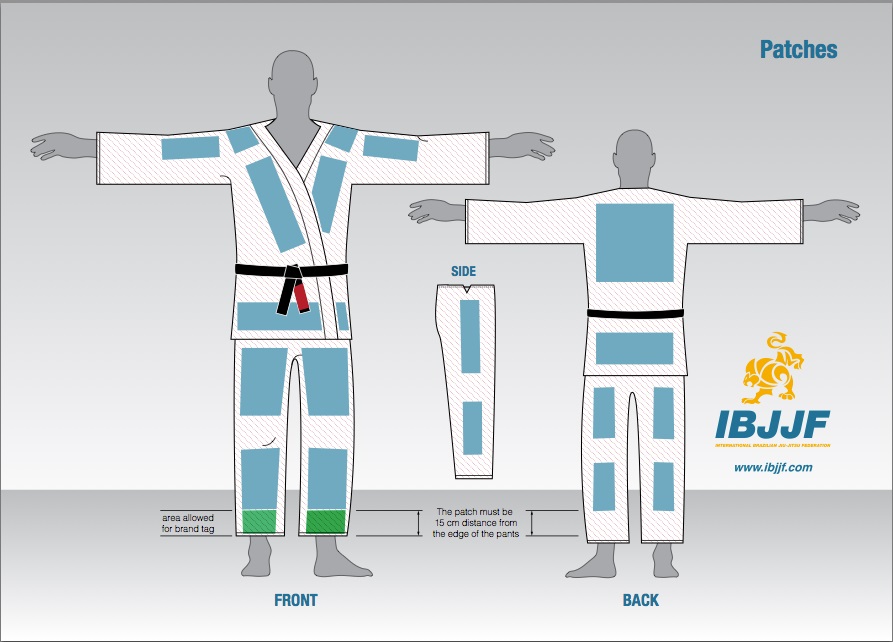
Recommended: This article looks at the best jiu-jitsu gis for beginners. It will help you select the most appealing Gi for your training, whether you’re just starting or have some expertise.
Gi Sizes
When the athlete’s arm is extended straight parallel to the ground, the Gi top should reach the thigh, and the sleeves should come no more than 5 cm from the athlete’s wrist. Indeed, GI pants should not extend higher than 5 cm above the ankle bone.
Furthermore, the Gi lapel thickness = 1.3 cm, Gi collar width = 5 cm, and sleeve opening at full extension = 7 cm. (See the following illustrative image)
Related: Jiu Jitsu Gi Size: How to Get the Right Fit and Look?
IBJJF No-Gi Uniform Rules
The IBJJF and other no-gi jiu-jitsu tournament bodies need specific features for competitive uniforms. Some of the no-gi requirements are as follows.
Rash Guards Requirements
BJJ competitors of both genders must wear a rashguard shirt, which should be long enough to cover the torso to the waistband of the shorts.
Otherwise, this rashguard can be in black, white, or black and white, with at least 10% of the rank color belts to which the athlete belongs.
Related: Stylish your Brazilian jiu-jitsu training with the best rashguards on the market. This post walks you through selecting the most pleasing rashguard t-shirts for BJJ.
Men Shorts Requirements
Competitors must wear black, white, black, and whiteboard jiu-jitsu shorts and/or the color of the athlete’s rank.
Otherwise, the short uniform should not have any pockets, buttons, exposed drawstrings, zippers, or any plastic or metal that might endanger the opponent. It must be halfway down the leg and no longer than the knee.
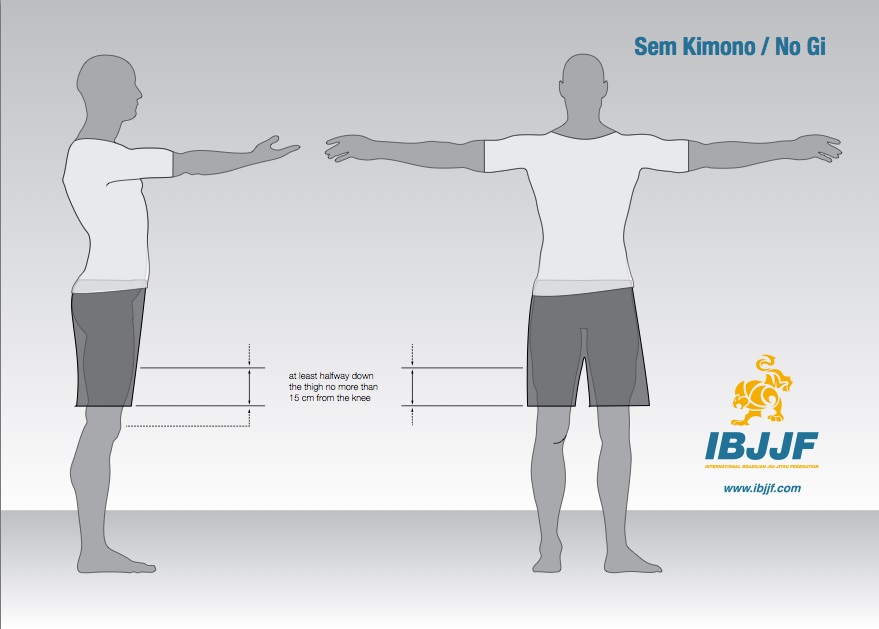
Related: Style your Brazilian jiu-jitsu training with the best shorts on the market. This detailed guide assists you in selecting a suitable and comfortable short for No-Gi grappling.
Women’s Shorts and Compression
Women’s compression shorts and trousers must be black, white, black, and white, or the athlete’s belt rank color.
Otherwise, the shorts must be free of pockets, buttons, zippers, or any plastic or metal that might endanger the opponent. It must be long enough to reach halfway down the thigh but no longer than the knee.
IBJJF Weigh-in Rules
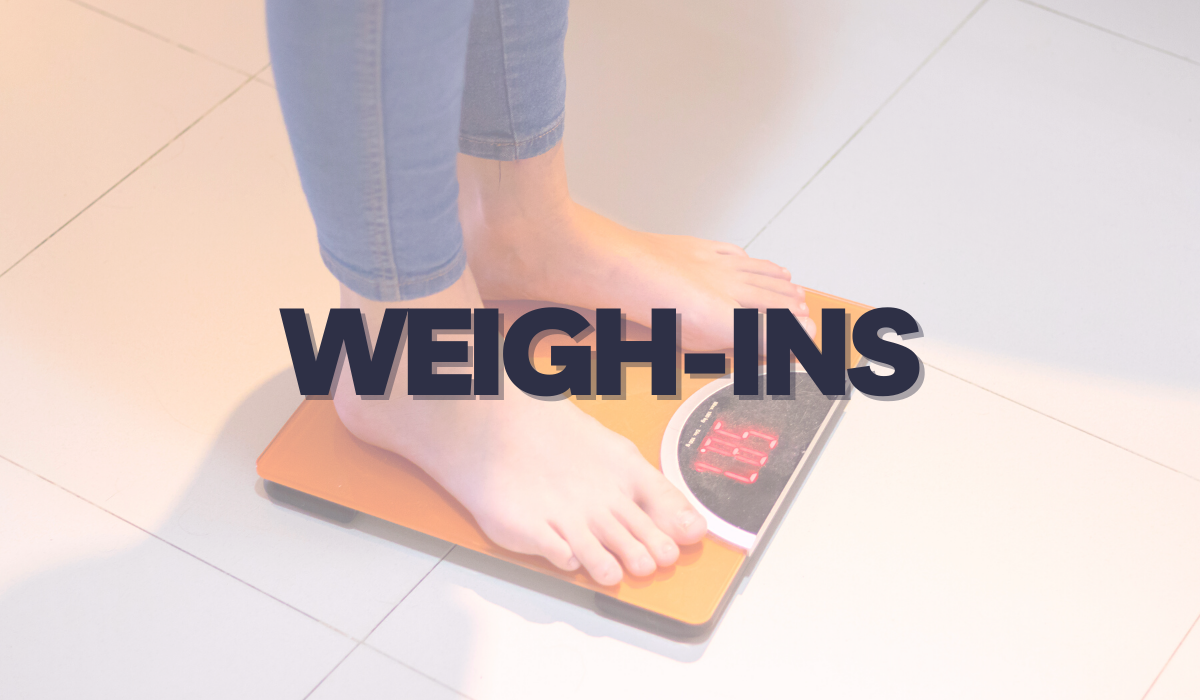
The International Brazilian Jiu-Jitsu Federation (IBJJF) has strict weigh-in rules for gi and no-gi competitions. The goal of the weigh-in is to ensure that each competitor is within the weight limits for their respective class.
Here are what you should know about IBJJF Weigh-ins:
- Weigh-in Time: A contestant will weigh in for the IBJJF tournament on the same day of the competition. Weigh-ins are usually held 20-30 minutes before the scheduled start of the fight.
- Weigh-in frequency: There will only be one weigh-in for the Gi and No-Gi divisions, so competitors won’t get a second chance to cut weight.
- Weigh-in Location: Depending on the tournament’s location, you should check the Tournament booklet to know when and where to weigh in.
- Weigh-ins for Gi tournaments: IBJJF Gi contestants must wear their Gi kimonos for the weigh-in.
- Weigh-ins for No-Gi tournaments: IBJJF No-Gi competitors must wear their No-Gi uniform for the weigh-in.
- Failing the Weigh-ins: An athlete will be disqualified from the competition if he fails to make weight or miss the weigh-in period.
When registering for an IBJJF tournament, choose your weight class wisely. Otherwise, check the tournament booklet for the rules, including weigh-in rules (time, locations, etc.), weight and age divisions, uniform rules, and other regulations.
Conclusion
Many practitioners benefit from IBJJF competitions in terms of progress and growth. They do, indeed, give an adrenaline rush and are an excellent opportunity to have fun while developing their jiu-jitsu abilities and collecting amazing rewards.
Many inexperienced competitors ruin the excitement by violating the IBJJF tournament rules and regulations. As a result, they will be disqualified, and their months of planning and preparation will be for naught.
Consequently, understanding and grasping the IBJJF regulations should be part of your preparation, in addition to the physical and technical training.


